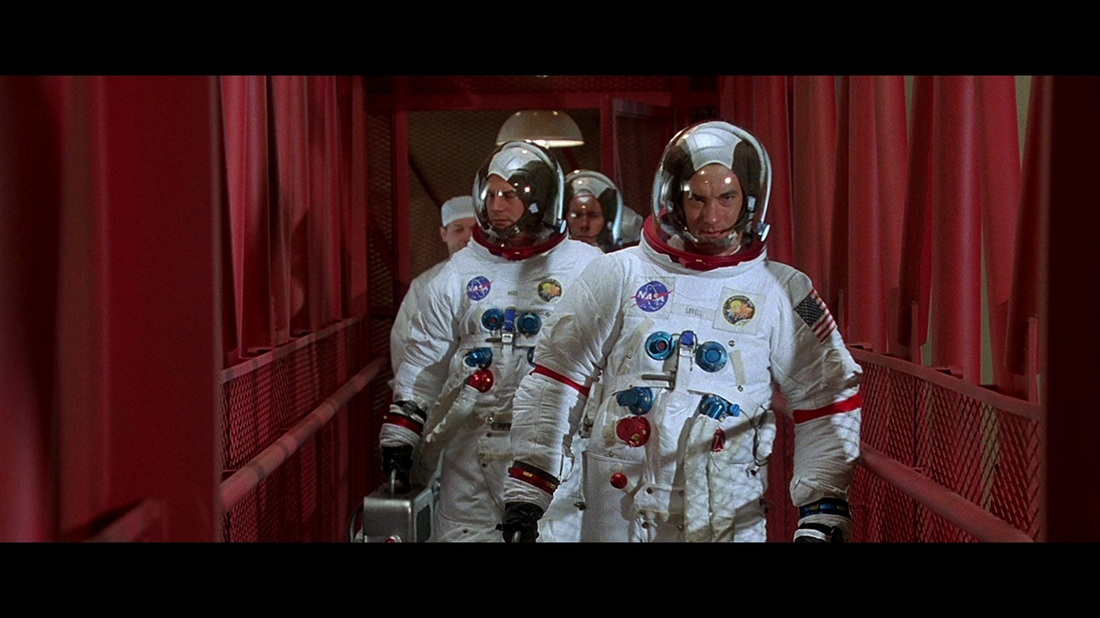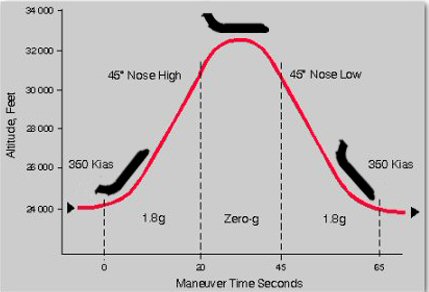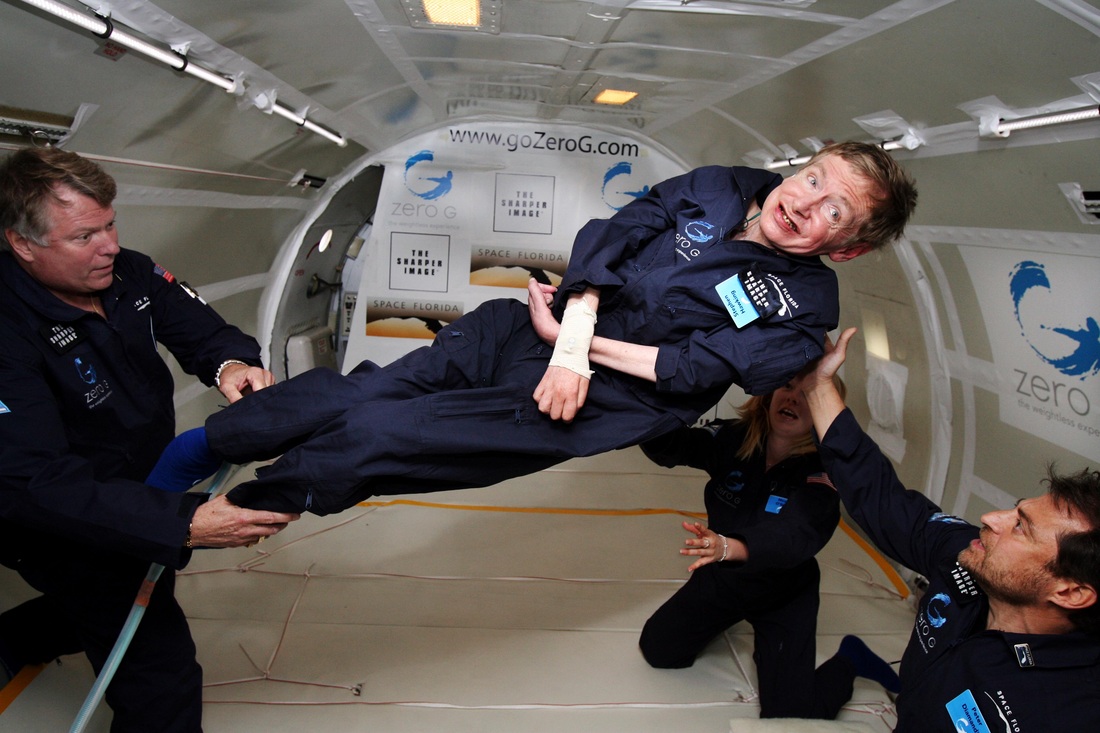In 1995, director Ron Howard produced a film that accurately depicted the physical and mental struggles the crew of Apollo 13 endured during their unforgettable journey. Titled Apollo 13, the film featured an A-list cast in Tom Hanks as Jim Lovell, Kevin Bacon as Jack Swigert, and Bill Paxton as Fred Haise. Nominated for 9 Academy Awards (including Best Picture) and winning 2 Awards (Best Sound and Best Film Editing), the film was a major hit critically and commercially upon its release, and ended up grossing almost $174 million in the US alone.
In this article, we will take a brief behind-the-scenes look at how director Ron Howard was able to accomplish some technical aspects of the film, such as anti-gravity. We’ll also look at two key areas of the film, the explosion scene and the re-entry scene.
To accomplish weightlessness in Apollo 13, Ron Howard used a method to accomplish true anti-gravity: free-fall in an airplane. Tom Hanks notes, “It flies in a parabola; it goes at a 45 degree angle up, and then it pitches over at 25,000 feet. As it goes over and pitches down, you are essentially in free fall inside the cabin” (Apollo 13 DVD). Of course not all of the shots from the film that take place inside the spacecraft were shot from inside the plane, as this would’ve required way too much time and too many resources. As a result, only the shots that showcase the astronaut’s entire body took place on the free falling airplane. The other shots, particularly the medium close-ups or close-ups, involved illusions, smooth editing, and miming by the actors to simulate weightlessness. In the end, director Ron Howard quoted, “If we tried to create the weightlessness with wires, I sort of shudder to think what the movie would’ve really looked like” (Apollo 13 DVD).
Because of the gravity of the explosion, Ron Howard needed to depict the scene as dramatically and accurately as possible. To accomplish this, Howard physically took the camera (and audience) inside the spacecraft to follow the explosion. In the end, it turned out to be a visually resplendent shot. Visual Effects supervisor Robert Legato noted, “No one’s ever seen it, you don’t know exactly what it did, but it has to be dramatic, it has to feel truthful…” (Apollo 13 DVD).
For the final splashdown of the craft in the ocean, rather than choosing to resort to CGI, Howard used a model of the command module, equipped with real parachutes, and dropped it from a helicopter. Robert Legato commented, “People try to talk you out of it because it’s too simple to work; it’s too easy” (Apollo 13 DVD). The crew still had to build a rig beneath the helicopter to attach the command module model, but even this ended up being less work (and looked more authentic) than using CGI.
WORKS CITED
Apollo 13. Screenplay by William Broyles Jr and Al Reinert. Dir. Ron Howard. Special
Edition DVD. Universal Pictures, 1995.





 RSS Feed
RSS Feed
